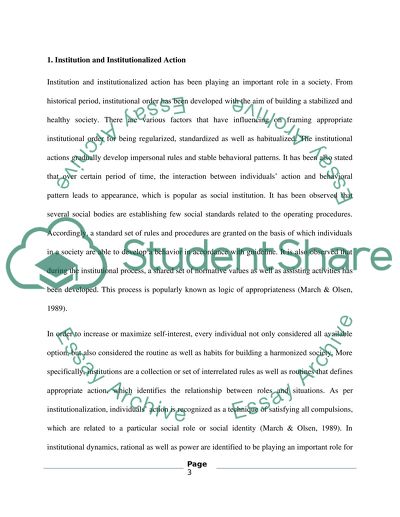Cite this document
(“Institutional theory, technology and diplomacy Book Report/Review”, n.d.)
Retrieved from https://studentshare.org/social-science/1683202-institutional-theory-technology-and-diplomacy
Retrieved from https://studentshare.org/social-science/1683202-institutional-theory-technology-and-diplomacy
(Institutional Theory, Technology and Diplomacy Book Report/Review)
https://studentshare.org/social-science/1683202-institutional-theory-technology-and-diplomacy.
https://studentshare.org/social-science/1683202-institutional-theory-technology-and-diplomacy.
“Institutional Theory, Technology and Diplomacy Book Report/Review”, n.d. https://studentshare.org/social-science/1683202-institutional-theory-technology-and-diplomacy.


